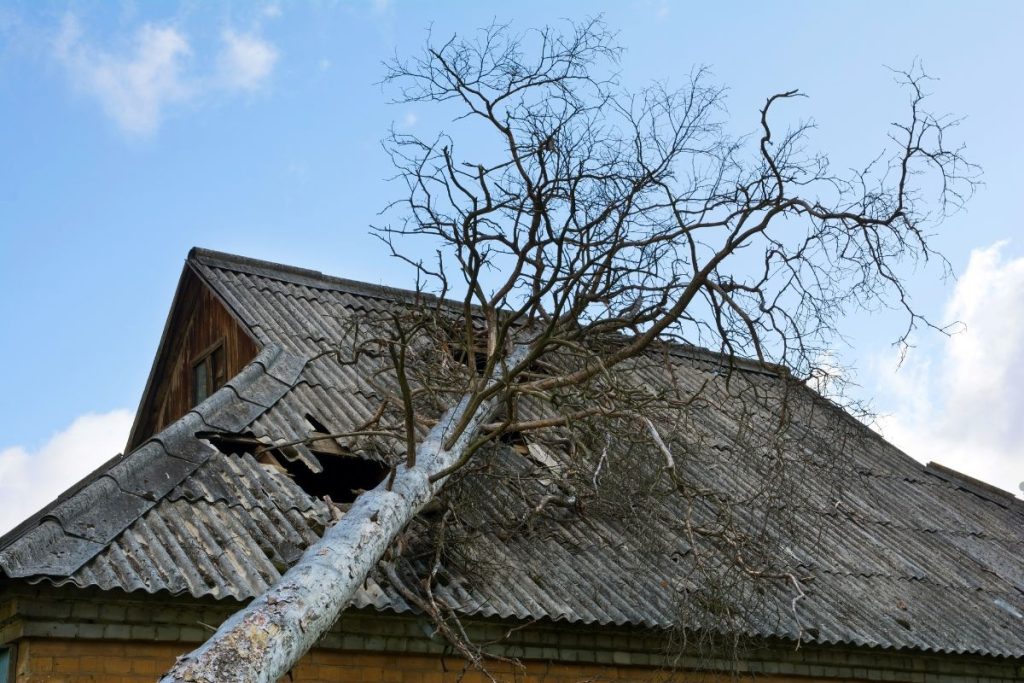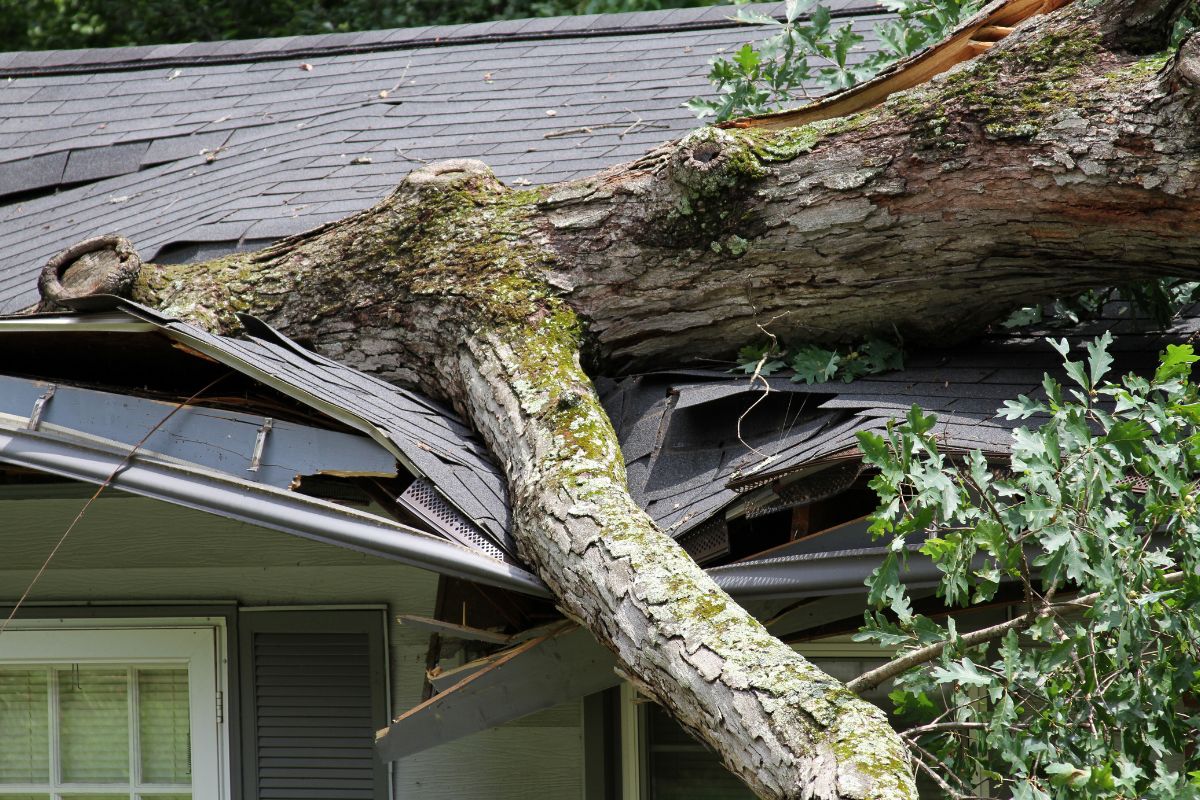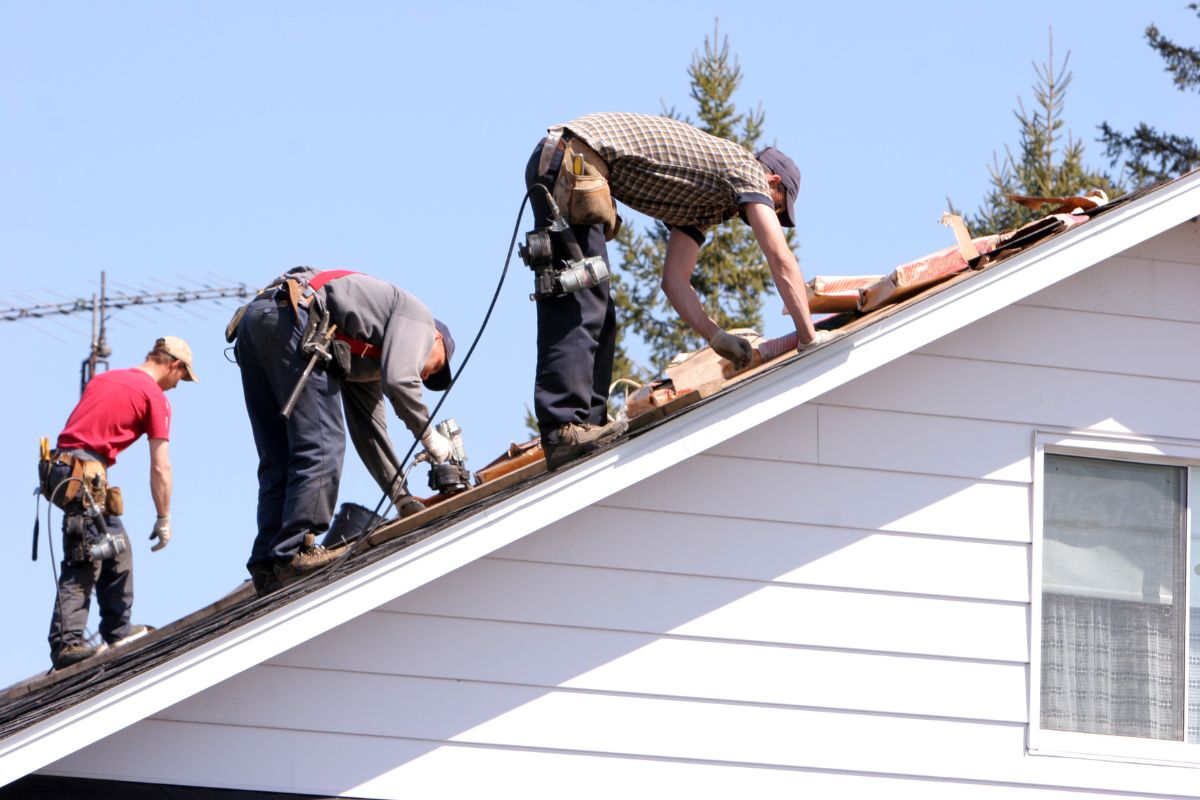
Roof storm restoration is crucial for quickly securing your home’s safety and value after a severe weather event. This guide will walk you through identifying damage, navigating insurance, and finding a trusted contractor, ensuring your roof is restored efficiently and effectively.
Why Roof Storm Restoration is Crucial
A damaged roof left unattended can lead to significant and costly problems down the road. Even seemingly minor damage from hail, wind, or falling debris can compromise your roof’s integrity, allowing water to seep in and cause leaks, mold growth, and structural damage. Addressing these issues promptly not only protects your home’s interior but also prevents further deterioration, safeguarding your investment. Ignoring storm damage can also lead to the dangers of delayed roof repair and potentially void your homeowner’s insurance policy.
A damaged roof can lead to costly issues like leaks, mold, and structural damage if left unattended. Even minor storm damage compromises its integrity, risking further deterioration and potential insurance issues. Our professional reroofing services ensure a seamless transition to a new, durable roof with expert craftsmanship and minimal disruption.
Assessing the Damage

After a storm, carefully inspect your roof for any signs of damage. It’s best to do this from the ground using binoculars. Never climb onto a damaged roof yourself – it’s too dangerous! Contact a qualified professional for a thorough inspection if you’re unsure.
Identifying Common Types of Storm Damage
- Hail Damage: Look for small, rounded dents or divots in shingles, especially on asphalt shingles. Hail can also damage metal roofing, causing dents and weakening the material.
- Wind Damage: Missing, curled, or torn shingles are clear signs of wind damage. Also, check for loose flashing around chimneys, vents, and skylights.
- Water Damage: Water stains on ceilings, walls, or attic insulation are indicators of a leaking roof.
- Debris Damage: Branches, limbs, or other debris can puncture or scratch roofing materials, creating entry points for water.
Immediate Steps After a Storm
Your safety is paramount. Take these steps immediately after a storm passes:
- Securing the Area: Keep people and pets away from the damaged roof.
- Documenting the Damage: Take photos and videos of the damage for insurance purposes.
- Contacting Your Insurance: Report the damage to your insurance company as soon as possible. This will start the claim process.
Navigating the Insurance Claim Process
Dealing with insurance companies can be overwhelming. Understanding your policy and the claims process will help you navigate this challenging time.
Understanding Your Homeowner’s Insurance Policy
- Policy Coverage: Review your policy to understand what types of storm damage are covered. Most policies cover damage from wind, hail, and fallen trees.
- Deductibles: Be aware of your deductible, the amount you’ll pay out-of-pocket before your insurance coverage kicks in.
- Exclusions: Some policies have exclusions, such as damage caused by neglect or pre-existing conditions.
Filing a Roof Storm Damage Claim
- Gathering Documentation: Collect photos, videos, and any other evidence of the damage.
- Working with an Insurance Adjuster: The insurance adjuster will inspect your roof and assess the damage. Be present during the inspection and point out all areas of concern.
- Appealing a Denial: If your claim is denied, you have the right to appeal. Gather additional evidence and consult with a public adjuster or attorney if needed.
Finding the Right Roofing Contractor
Choosing the right roofing contractor is crucial for a successful roof restoration. Don’t rush this process; take the time to research and select a qualified professional.
Choosing a Reputable Roofing Contractor
- Licensing and Insurance: Ensure the contractor is licensed and insured in your state. This protects you from liability if someone is injured on your property.
- Experience and Expertise: Look for a contractor with experience in storm damage restoration and a proven track record.
- Reviews and Referrals: Check online reviews and ask for referrals from friends, family, or neighbors.
- Written Estimates: Get written estimates from multiple contractors before making a decision.
Need help finding a trustworthy roofing contractor? Call us today for a consultation. We work with the best in the business!
Questions to Ask Potential Contractors
- Are you licensed and insured?
- How long have you been in business?
- Do you have experience with storm damage restoration?
- Can you provide references from past clients?
- What is your estimated timeline for the project?
- What warranties do you offer?
The Roof Restoration Process

Understanding the roof restoration process will help you stay informed and prepared.
Typical Steps in Roof Storm Restoration
- Roof Inspection: The contractor will conduct a thorough inspection to assess the extent of the damage.
- Temporary Repairs: If necessary, the contractor will make temporary repairs to prevent further damage from the elements.
- Roof Replacement/Repair: Depending on the severity of the damage, the contractor will either repair or replace your roof.
- Final Inspection: After the work is completed, the contractor will conduct a final inspection to ensure everything meets your satisfaction.
Understanding Roofing Materials
Choosing the right roofing material is essential for durability and aesthetics.
- Asphalt Shingles: The most common and affordable roofing material.
- Metal Roofing: Durable and long-lasting, but more expensive than asphalt shingles.
- Tile Roofing: Adds a unique aesthetic appeal and is highly resistant to fire and wind.
- Other Materials: Slate, wood shakes, and synthetic roofing materials are also available.
Severe weather can cause significant damage to your roof, leading to expensive repairs or early replacement. Proactively safeguarding your roof against storms is a wise investment that helps you avoid unnecessary costs and stress. This detailed guide offers practical strategies for storm damage prevention, ensuring your roof remains strong and durable for years to come. Read our full guide here: Protecting Your Roof – A Comprehensive Guide to Storm Damage Prevention.
Preventative Measures
Taking preventative measures can help protect your roof from future storm damage.
Protecting Your Roof from Future Storms
- Regular Inspections: Have your roof inspected regularly, especially after severe weather events.
- Tree Trimming: Trim trees that overhang your roof to prevent branches from falling and causing damage.
- Gutter Maintenance: Keep your gutters clean and free of debris to ensure proper drainage.
- Impact-Resistant Roofing: Consider installing impact-resistant roofing materials, especially in areas prone to hail storms.
Common Questions About Roof Storm Restoration
How long does a roof restoration take?
The duration depends on the extent of the damage and the type of roofing material.
How much does roof restoration cost?
The cost varies depending on the scope of the project and the materials used. Get multiple estimates from qualified contractors.
Can I repair the roof myself?
It’s generally not recommended to repair a damaged roof yourself, especially if you lack experience. It’s best to hire a professional to ensure the job is done safely and correctly.
Conclusion
Securing your home’s future with proper roof restoration is an investment in your property’s value and your family’s safety. By understanding the storm damage assessment, insurance claim, and contractor selection processes, you can ensure your roof is restored to its pre-storm condition, protecting your home for years to come. Don’t hesitate to seek professional help; a damaged roof requires expert attention.
Ready to protect your home? Contact us today for a free roof inspection and estimate. Let us help you navigate the storm restoration process with ease and confidence.

